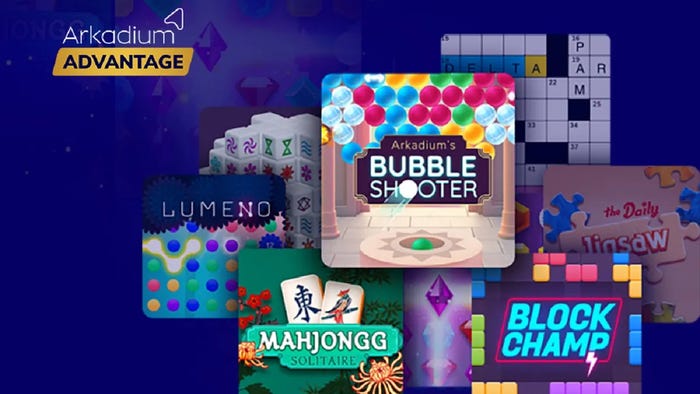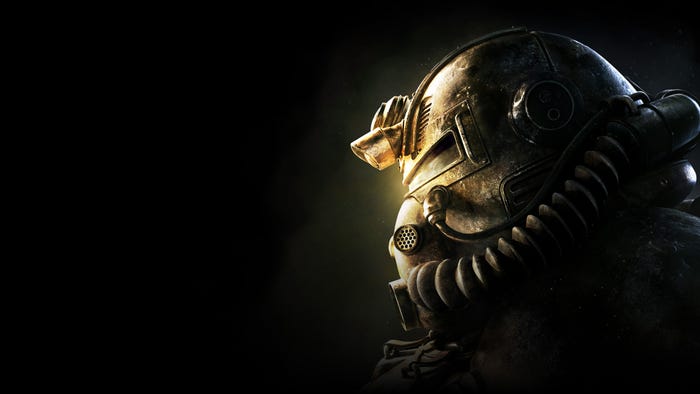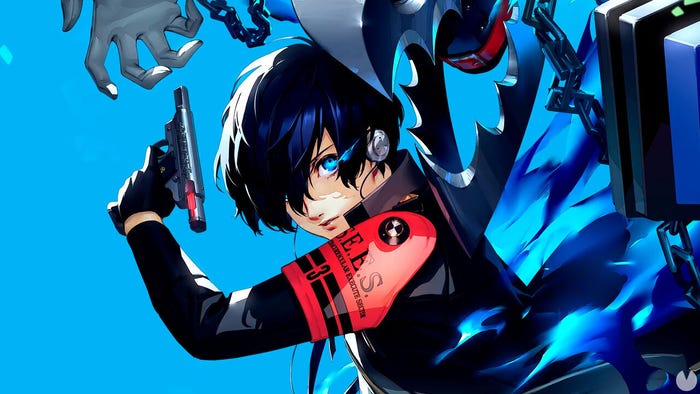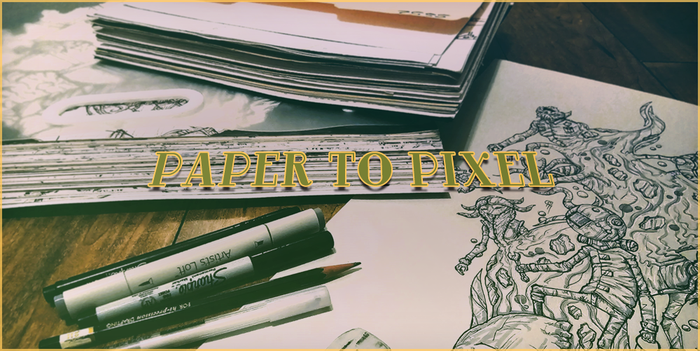Sponsored By
News
Graphic of games made and released under browser developer Arkadium Games.
Business
Arkadium launches platform for third-party browser game devsArkadium launches platform for third-party browser game devs
The studio behind browser games like Mahjongg Solitaire and Block Champ is inviting smaller teams to join its network and get millions of eyes on their game.
Daily news, dev blogs, and stories from Game Developer straight to your inbox







































